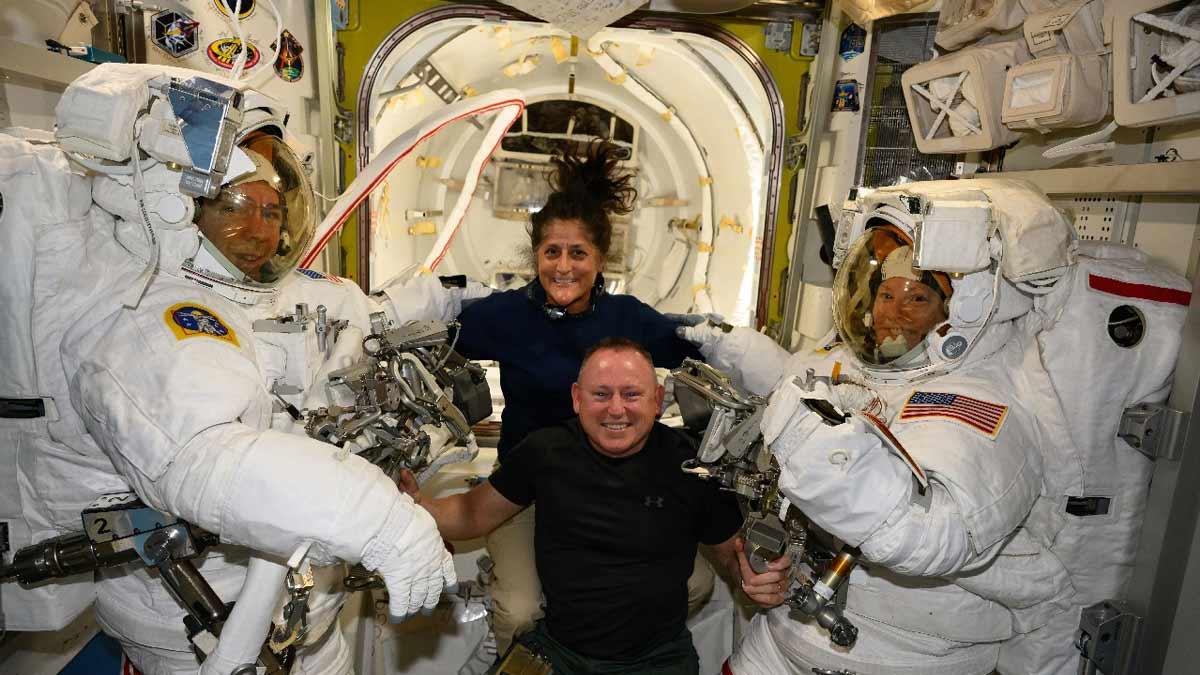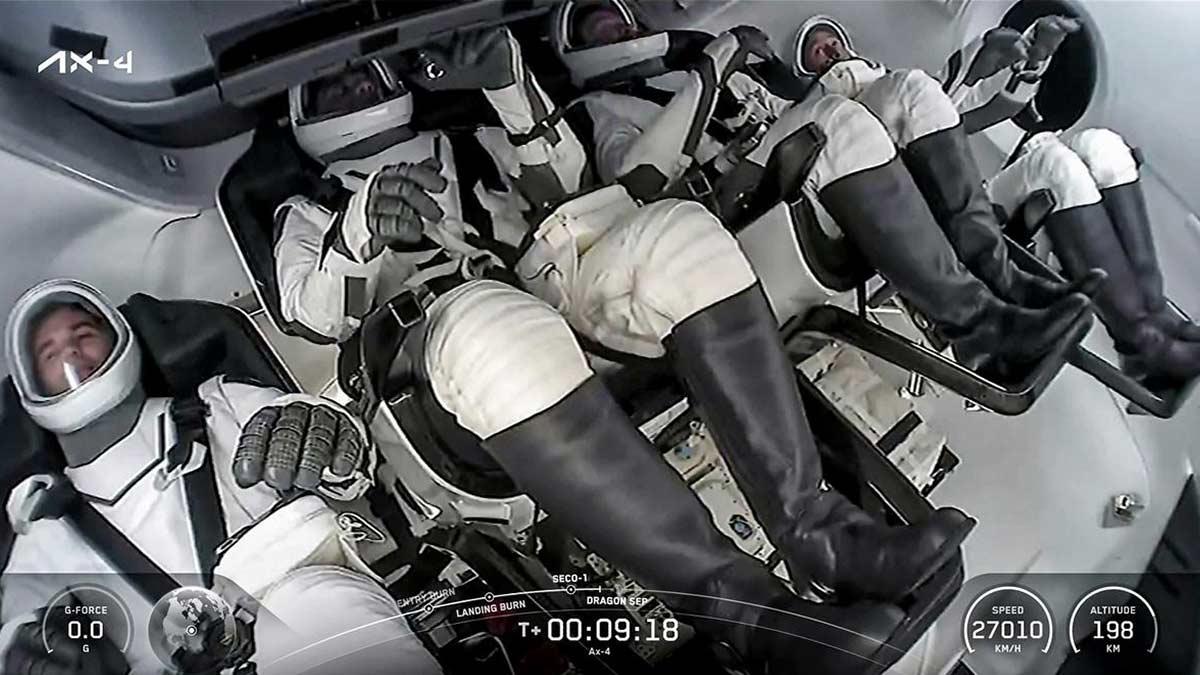With NASA likely to take a final call on Saturday on the return of Indian-American astronaut Sunita Williams and Butch Willmore from the International Space Station, health experts here have expressed concern over the damaging effects of long-duration microgravity on the human body.
Williams and Willmore, who became the first astronauts to ride Boeing's Starliner spacecraft on 5 June, have had their eight-day mission extended to over two months in space. According to NASA officials, technical issues with the Starliner may pose risks during the return trip.
If NASA considers Starliner not safe, the astronauts might come back in a SpaceX Dragon capsule as early as February 2025. If their mission is extended, the experts warned that they might spend more time exposed to microgravity than planned, which may cause space anaemia.
Microgravity may decrease haemoglobin and RBCs, a critical constituent of blood which helps to carry oxygen and other essential nutrients throughout the body. According to Dr Anoop P, Senior Consultant in Haematology, Paediatric Haemato-Oncology, and Bone Marrow Transplant at Aster RV Hospital, Bengaluru, who told IANS that space anemia would weaken astronauts considerably, impeding energy, strength, and stamina.
He mentioned that the possible causes of space anemia could be sequestration or hemolysis, whereby red blood cells are destroyed prematurely. Since more RBCs than those produced in space are destroyed, it may pose a risk to the health of astronauts during and after long duration space missions.
NASA says that the human body on Earth produces and breaks down some 2 million red blood cells every second. According to a 2022 study in Nature Medicine, during six-month space missions, however, astronauts destroy 54 percent more RBCs—some 3 million per second. The effects of this condition may only become apparent after returning to Earth.
Astronauts in space often have a contracted blood volume, which results in orthostatic intolerance, decreased aerobic capacity, and increased propensity for the development of arrhythmias," says Dr. Irfan Khazi Javeed, Consultant in Internal Medicine, Manipal Hospital, Bengaluru. The cardiovascular system functions normally in outer space, but in microgravity, less workload is put on the heart.
According to Dr. Anoop, RBC levels can be maintained through proper exercise regimens, regular monitoring of blood, and a diet rich in iron and essential nutrients. These efforts would greatly improve health during space travel.
He also put an emphasis on the fact that studies into space anaemia need not stop now, and knowing what causes the condition—increased haemolysis and effects of microgravity on bone marrow—one can properly target therapies and prevention strategies for long-duration space missions.
NASA chose Williams as an astronaut in 1998, and she has flown two previous times: in 2006 and in 2012. At 322 days with her current mission, she holds the record for the longest time a woman has spent in space and is on course to set a new record.
Read also| NASA Announces Sunita Williams and Barry Wilmore's Early Return from Space Next Year
Read also| Sunita Williams’ Future Uncertain as NASA Considers Return Options


















